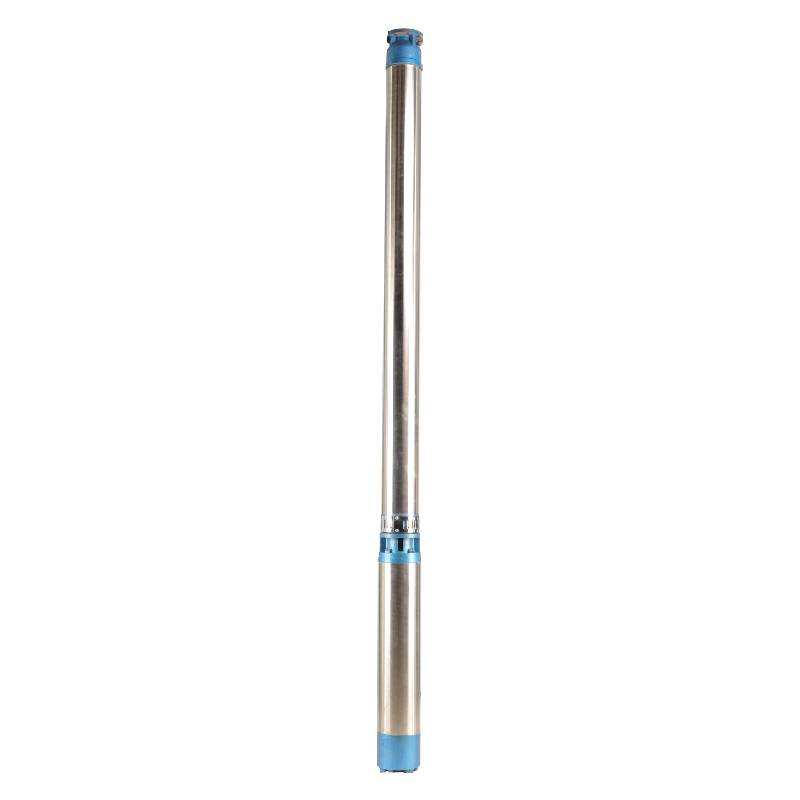Nov . 24, 2024 05:00 Back to list
Price Trends for Submersible Motor Wires in the Market Today
Understanding Submersible Motor Wire Prices Factors and Trends
When it comes to submersible motors, the importance of high-quality wiring cannot be overstated. These motors, commonly used in applications such as groundwater extraction, waste treatment, and agricultural irrigation, require specialized wire capable of withstanding harsh environments. The pricing of submersible motor wire is influenced by various factors, including material qualities, market demand, and technological advancements. In this article, we will explore these factors, current trends, and what consumers need to consider when purchasing submersible motor wire.
Material Quality
One of the primary factors influencing the price of submersible motor wire is the quality of the materials used. Submersible motor wires are typically made from copper or aluminum due to their excellent conductivity. Copper has long been regarded as the superior choice because it offers better conductivity, resistance to corrosion, and longer lifespan compared to aluminum. However, copper prices can be volatile and are subject to fluctuations in the global market. As a result, the price of submersible motor wire made from copper can be on the higher side compared to its aluminum counterparts.
Additionally, the insulation materials used in the wiring can also impact prices. Wires that are designed to be waterproof and resistant to chemicals and heat often come with enhanced insulation properties, which can increase costs. For example, wires insulated with thermoplastic elastomer (TPE) or polyvinyl chloride (PVC) are more expensive due to their durability in submersible applications.
Market Demand
Market demand plays a significant role in determining the prices of submersible motor wire. The construction and agricultural sectors are among the largest consumers of submersible motors, and seasonal peaks in these industries can lead to spikes in demand for motor wires. For instance, during the irrigation season, the demand for submersible pumps—and by extension, the wires that power them—can soar, leading to price increases.
Moreover, the growth of renewable energy projects, such as solar and wind farms, is contributing to the increasing demand for submersible motors. The need for submersible sewage pumps in wastewater management as urban populations grow further emphasizes the rising requirement for quality motor wires. A surge in demand can allow manufacturers to raise prices, especially if supply chains are unable to keep pace.
submersible motor wire price

Technological Advances
Technological advancements are continuously evolving the submersible motor wire industry. New manufacturing techniques and innovative materials are being developed to enhance the performance and longevity of these wires. As manufacturers adopt more advanced production methods, the cost structure can shift, impacting prices. Investment in research and development plays a crucial role here, as manufacturers strive for more efficient and cost-effective solutions.
For consumers, this means that staying updated on the latest technology and material options can aid in decision-making. Higher upfront costs for innovative wires may lead to lower maintenance and replacement costs over time, offering significant long-term savings.
Regional Variations
Another crucial factor in pricing is geographical location. The cost of labor, raw materials, and shipping varies widely from region to region. Countries with established manufacturing facilities may offer lower prices compared to those that rely heavily on imports. Additionally, local regulations and standards regarding electrical products can also influence pricing. For example, wires that meet certain safety or environmental standards may command higher prices due to the additional compliance costs.
Conclusion
In conclusion, the price of submersible motor wire is shaped by a combination of material quality, market demand, technological advancements, and regional variations. Consumers should take these factors into account when purchasing wire for submersible motors. Investing in quality wiring that meets specific application needs will ultimately contribute to better performance and longevity of the motors, justifying the costs associated with higher-quality materials and advanced technology. As the market continues to evolve, staying informed will ensure that buyers can make educated choices that enhance both efficiency and reliability in their applications.
-
Submersible Water Pump: The Efficient 'Power Pioneer' of the Underwater World
NewsJul.01,2025
-
Submersible Pond Pump: The Hidden Guardian of Water Landscape Ecology
NewsJul.01,2025
-
Stainless Well Pump: A Reliable and Durable Pumping Main Force
NewsJul.01,2025
-
Stainless Steel Submersible Pump: An Efficient and Versatile Tool for Underwater Operations
NewsJul.01,2025
-
Deep Well Submersible Pump: An Efficient 'Sucker' of Groundwater Sources
NewsJul.01,2025
-
Deep Water Well Pump: An Efficient 'Sucker' of Groundwater Sources
NewsJul.01,2025
-
 Submersible Water Pump: The Efficient 'Power Pioneer' of the Underwater WorldIn the field of hydraulic equipment, the Submersible Water Pump has become the core equipment for underwater operations and water resource transportation due to its unique design and excellent performance.Detail
Submersible Water Pump: The Efficient 'Power Pioneer' of the Underwater WorldIn the field of hydraulic equipment, the Submersible Water Pump has become the core equipment for underwater operations and water resource transportation due to its unique design and excellent performance.Detail -
 Submersible Pond Pump: The Hidden Guardian of Water Landscape EcologyIn courtyard landscapes, ecological ponds, and even small-scale water conservancy projects, there is a silent yet indispensable equipment - the Submersible Pond Pump.Detail
Submersible Pond Pump: The Hidden Guardian of Water Landscape EcologyIn courtyard landscapes, ecological ponds, and even small-scale water conservancy projects, there is a silent yet indispensable equipment - the Submersible Pond Pump.Detail -
 Stainless Well Pump: A Reliable and Durable Pumping Main ForceIn the field of water resource transportation, Stainless Well Pump has become the core equipment for various pumping scenarios with its excellent performance and reliable quality.Detail
Stainless Well Pump: A Reliable and Durable Pumping Main ForceIn the field of water resource transportation, Stainless Well Pump has become the core equipment for various pumping scenarios with its excellent performance and reliable quality.Detail
